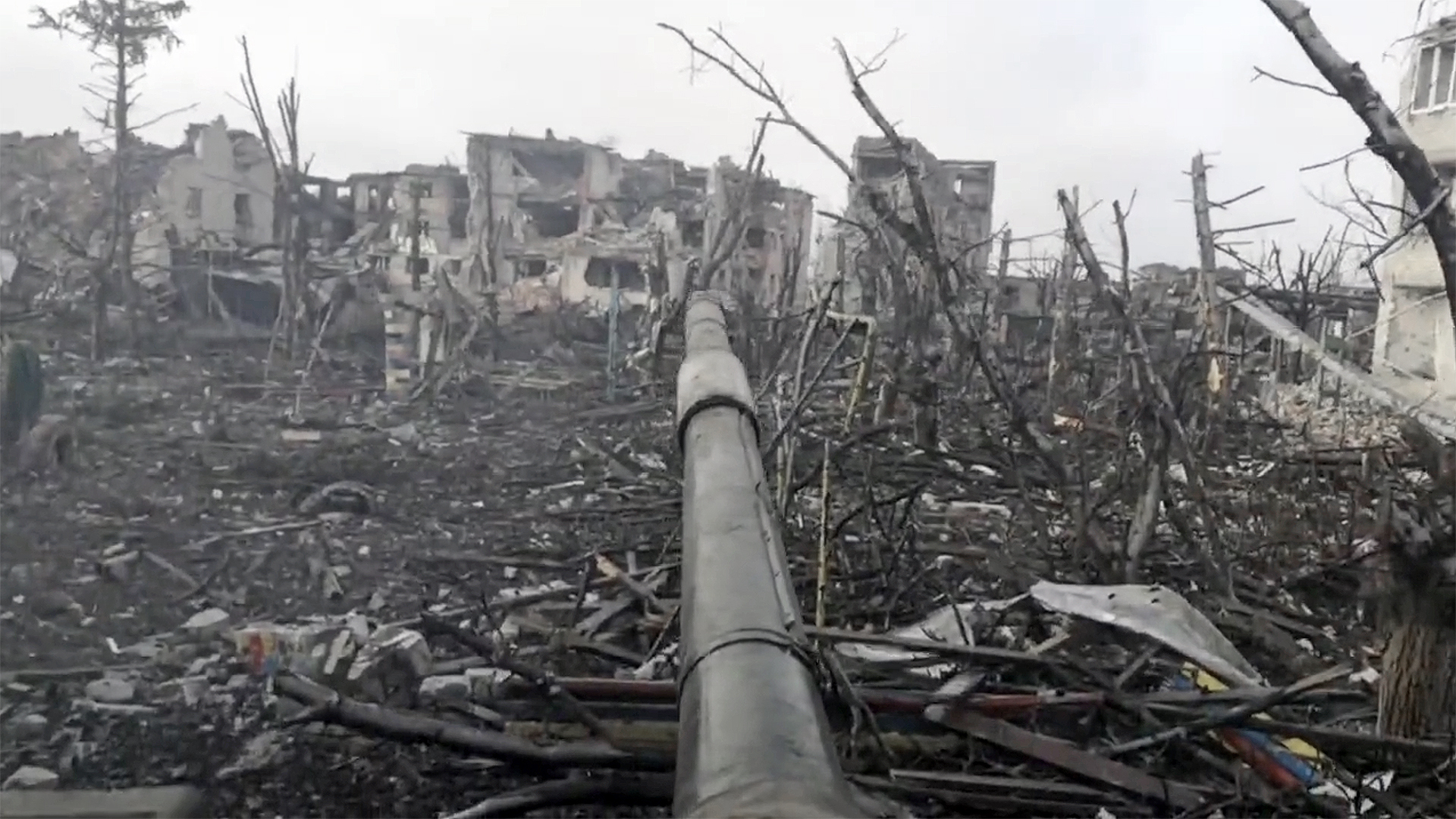The Commander-In-Chief of the Ukrainian Armed Forces is under no illusion about the challenges ahead, despite the successes his troops have had on the battlefield.
Russia is preparing for future offensives and its mobilization effort, despite well-publicized problems, is actually working quite well, Gen. Valery Zaluzhny said in a recent interview with The Economist, published Thursday. It was part of a package that includes interviews with Ukrainian President Volodymyr Zelensky and Colonel-General Oleksandr Syrsky, the head of Ukraine’s ground forces, who masterminded the defense of Kyiv in the spring and Ukraine’s spectacular counter-offensive in Kharkiv province in September.
The recent waves of missile strikes against the power infrastructure and attacks in places like Bakhmut, Zaluzhny said, are part of a Russian delaying action to regroup ahead of new ground offensives designed to swallow up Ukrainian territory.
“[M]ost likely they are looking for ways to stop [fighting] and get a pause by any means: shelling civilians, leaving our wives and children to freeze to death,” Zaluzhny said of the Russians. “They need it for one simple purpose: they need time to gather resources and create new potential so they can continue to fulfill their goals.”
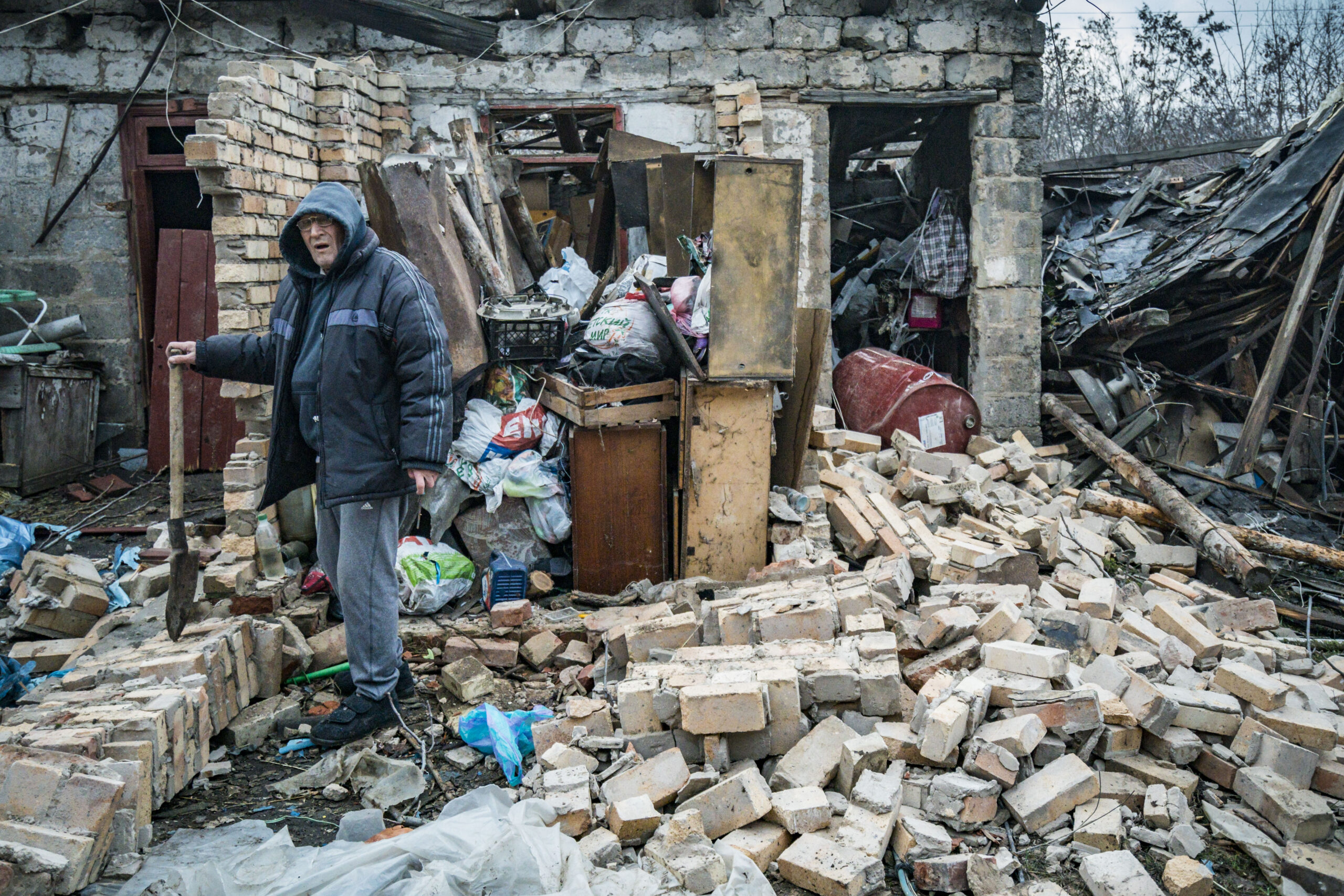
But the Russians “are working on another task in parallel, they are doing everything possible not to let us regroup and strike ourselves. This is why you are seeing battles along the 1,500km [932 mile] frontline. In some places more intense, in some places less intense, but they are constraining our troops in order not to allow us to regroup. The fact that they are fighting hard now is very bad, of course. But it is not a solution to the strategic problem. It simply wears down the armed forces of Ukraine.”
The Russians are heeding lessons they learned in World War II, Zaluzhny said, preparing resources “somewhere beyond the Urals,” far away from the current front lines.
“Ammunition is being prepared, not very good stuff, but still. It won’t be the same resources as it could have been in two years of ceasefire. It will not be like that. It will be lousy, and combat potential will be very, very low, even if he enlists a million more people in the army to throw bodies, like [Marshal Gregory] Zhukov [who defeated the Germans in Stalingrad] did, it will not bring the desired result anyway.”
While Ukraine had great success in its Kharkiv and Kherson counteroffensives, its forces have to keep those gains, despite continued Russian pressure, because “it is 10 to 15 times harder to liberate it than not to surrender it. So our task now is to hold on. Our task is to monitor very clearly with the help of our partners what is going on there, where they are getting ready. This is our strategic task.”
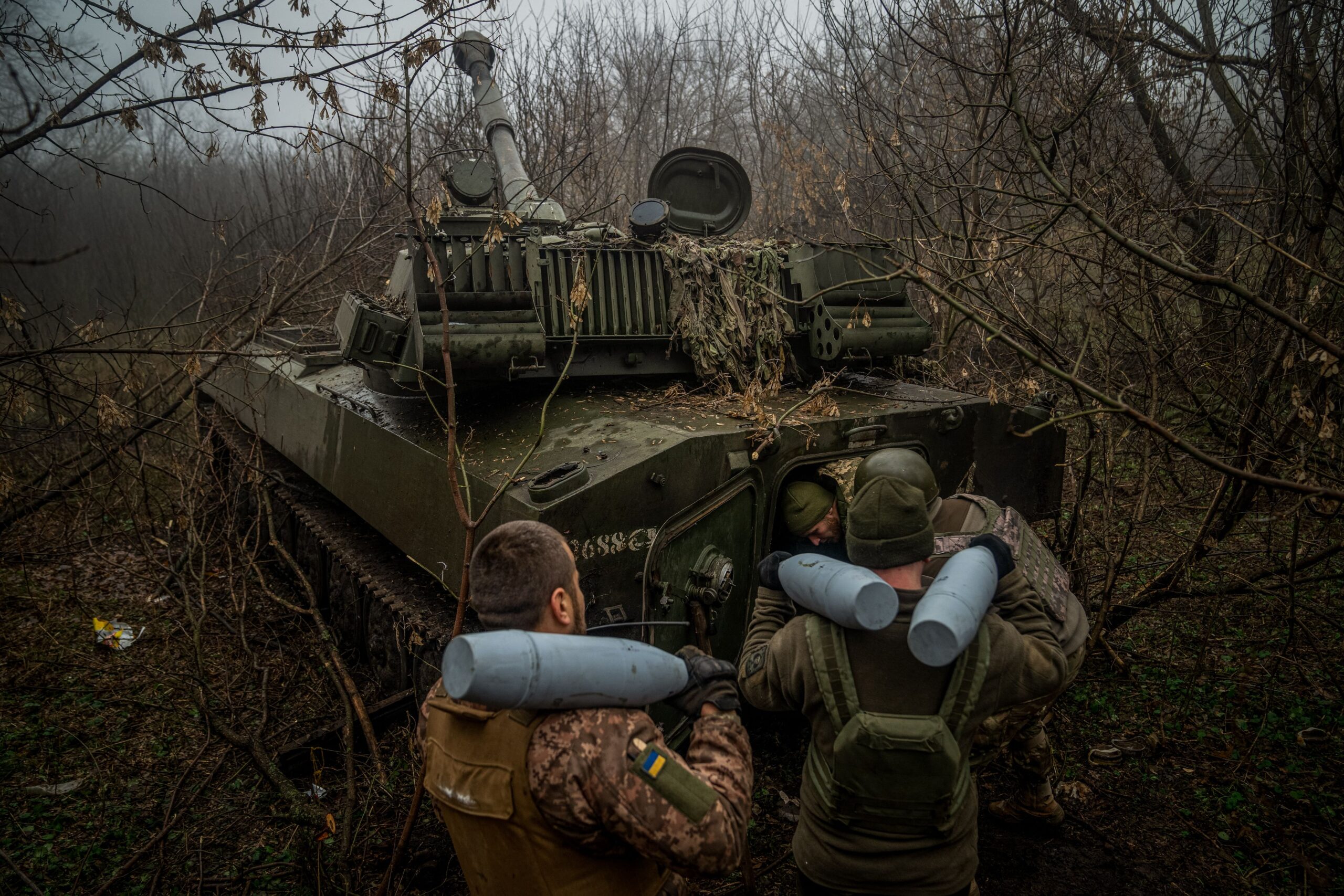
This is all ahead of what Zaluzhny said could be a new Russian offensive that could happen as early as February, if not sooner. Ukraine, he said, needs to “be able to wage a war with fresh forces and reserves. Our troops are all tied up in battles now, they are bleeding. They are bleeding and are being held together solely by courage, heroism and the ability of their commanders to keep the situation under control.”
The new Russian offensive, he said, could take place in a timeframe between January and March.
“It may start not in Donbas, but in the direction of Kyiv, in the direction of Belarus, I do not rule out the southern direction as well.”
And as bad as things are now for the troops on the frontline, Zaluzhny said he has to look at the bigger picture.
“We have made all the calculations — how many tanks, artillery we need and so on and so on. This is what everyone needs to concentrate on right now. May the soldiers in the trenches forgive me, [but] it’s more important to focus on the accumulation of resources right now for the more protracted and heavier battles that may begin next year.”
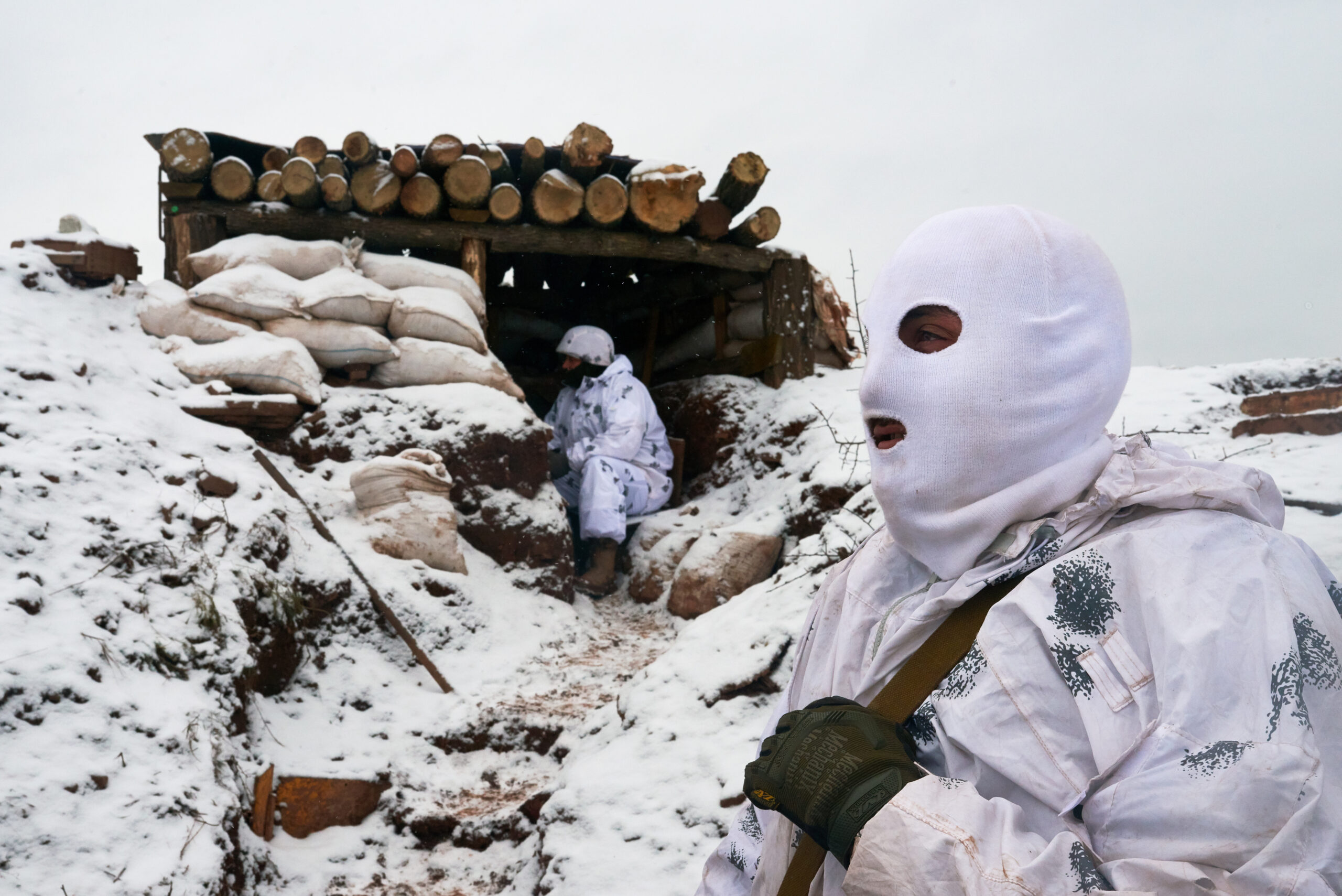
Zaluzhny said he would have a conversation with U.S. Army Gen. Mark Milley, Chairman of the Joint Chiefs of Staff, to talk about the resources Ukraine needs. While offering a seemingly very blunt assessment, Zaluzhny raising concerns about needing additional weapons mirrors those repeatedly made by Ukrainian officials. Clearly they are valid, but how much these needs influence the severity of these types of assessments remains in question.
“I will tell him how much it is worth, how much it costs. If we don’t get it, of course we will fight to the end. But as a movie character said, ‘I don’t vouch for the consequences.’ The consequences are not hard to foresee. This is what we have to do.”
The main requirement, he said, is more weapons.
“We have enough people, and I can clearly see what I have. I have enough. I don’t need hundreds of thousands more. We need tanks, we need APCs [armored personnel carriers], infantry fighting vehicles. And we need ammunition. Please note, I’m not talking about F-16s right now.”
Zaluzhny would not say if Ukraine’s allies are holding him back from attacking Crimea, which Russia has occupied since 2014. But he did say that any Ukrainian advance on the peninsula would have to go through the city of Melitopol, in Zapohrizhzhia Oblast, a distance of about 84 kilometers (about 52 miles) from his current front line. We suggested as much earlier this week.
“Melitopol would give us a full fire control of the land corridor, because from Melitopol we can already fire at the Crimean Isthmus, with … HIMARS [M142 High Mobility Artillery Rocket Systems] and so on. Why am I saying this to you? Because it goes back to my earlier point about resources. I can calculate, based on the task at hand, what kind of resource is needed to build combat capability.”
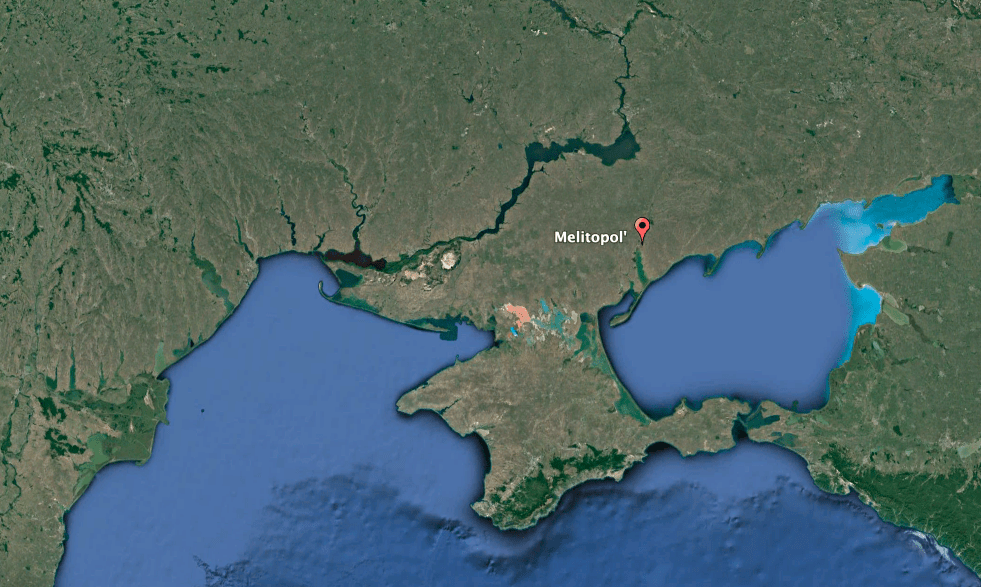
Zaluzhny said that he is convinced Ukraine can achieve victory, with the right resources.
“I know that I can beat this enemy. But I need resources. I need 300 tanks, 600-700 IFVs, 500 howitzers. Then, I think it is completely realistic to get to the lines of February 23rd. But I can’t do it with two brigades. I get what I get, but it is less than what I need … We can and should take a lot more territory.”
That job is not going to get any easier as Russia is amassing a new cadre of troops to fight against Ukraine. The mobilization effort has been frequently criticized, with numerous examples of poorly supplied and trained troops emerging on social media and in news outlets.
But the phased plan, which has some troops filling in gaps at the front while many more undergo training for future fights, is actually working, Zaluzhny said.
“Russian mobilization has worked,” he said. “It is not true that their problems are so dire that these people will not fight. They will. A tsar tells them to go to war, and they go to war. I’ve studied the history of the two Chechen wars — it was the same. They may not be that well equipped, but they still present a problem for us. “
Russia has a reserve of between 1.2 million and 1.5 million people to draw on, said Zaluzhny.
“The Russians are preparing some 200,000 fresh troops,” he said. “I have no doubt they will have another go at Kyiv.”
As the war enters its second winter and nears its tenth month, a lot is still transpiring on the ground. Before we get into the details, catch up on our previous rolling coverage here.
The Latest
The Pentagon on Thursday announced it is expanding U.S.-led training of Ukrainian forces to include joint maneuver and combined arms operations.
The new training builds upon recent efforts to train Ukrainian troops on donated equipment and the ongoing training taking place since 2014, Air Force Brig. Gen. Pat Ryder, the Pentagon’s top spokesman, told reporters, including from The War Zone. And it “complements” training efforts by allies.
The goal of the expanded program is to train 500 Ukrainian troops per month, Ryder said.
The joint maneuver and combined arms training will be conducted by U.S. Army Europe and Africa Command’s 7th Army Training Commanded ranges in Germany, said Ryder. The Pentagon may “adjust the training program further as Ukraine’s training needs evolve or allied contributions develop.”

The joint maneuver and combined arms training will teach troops at the battalion level how to shoot, move and communicate cohesively in dynamic combat situations. One of Russia’s biggest failings in the beginning of the war, for instance, was the inability to have infantry, armor, and air support work together.
The training, expected to begin sometime around next month, “will begin with things like live-fire exercises followed by squad-, platoon-, and company-level training that will then culminate in battalion-level maneuver training,” Ryder said. “Importantly, it will also include battalion headquarters staff training.”
On the battlefield, the fiercest fighting continues to be around Bakhmut in Donetsk Oblast and along the P-66 Highway area running from Svatove to Kreminna in Luhansk Oblast, with little territory swapping hands. Here are some key takeaways from the latest Institute for the Study of War assessment:
- Russian President Vladimir Putin reportedly postponed his annual address to the Russian Federal Assembly, indicating that the Kremlin is not confident that it can continue to shape the Russian information space.
- Ukrainian air defenses shot down all drones that Russian forces launched in attacks on December 14.
- Ukrainian sources reported that 64 POWs returned to Ukrainian-held territory.
- The Kremlin will likely intensify information operations aimed at presenting the Ukrainian government as oppressing religious liberties and freedom of the press.
- Ukrainian forces continued counteroffensive operations and Russian forces conducted counterattacks in the Svatove and Kreminna areas.
- Russian forces continued offensive operations in the Bakhmut and Avdiivka areas.
- Russian forces continued defensive operations south of the Dnipro River in Kherson Oblast.
- Kremlin officials admitted to receiving complaints about mobilization despite mobilization’s “de facto end.”
- Ukrainian partisans continue to aid Ukrainian forces in identifying valuable Russian targets.
Yesterday, we wrote about how any Patriot batteries the U.S. sends to Ukraine would be top targets of Russia, which has threatened to take them out.
On Thursday, Ryder dismissed any notion that Russian threats would alter U.S. plans to provide Ukraine with security assistance.
“I find it ironic and very telling – that officials from a country that brutally attacked its neighbor in an illegal and unprovoked invasion, through a campaign that is deliberately targeting and killing innocent civilians and destroying civilian infrastructure – would choose to use words like ‘provocative’ to describe defensive systems that are meant to save lives and protect civilians,” he said. “And so despite Russia’s propaganda, to portray themselves as victims, it’s important to remember that Russia is the aggressor here. We’re not gonna allow comments from Russia to dictate the security assistance that we provide to Ukraine.”
There will be no New Year’s ceasefire in Ukraine, Brig. Gen. Oleksiy Gromov announced.
As it works to stave off Ukrainian advances, Russia is digging a massive network of trenches across the territory it still occupies, according to a New York Times satellite analysis.
It’s the latest example of Russia, which has been digging trenches since its initial invasion in 2014, building out physical defenses designed to blunt Ukrainian advances, something we previously covered here .
Brutal trench warfare in Bakhmut – where fighting has raged since May, killing thousands in battles over yards of territory – has been a prime focus of the Wagner Group mercenary fighters.
The trenches around Bakhmut are not the only places where fierce fighting rages. The battles are taking place on the streets and in houses as well.
Ukrainian officials and military leaders like Zaluzhny have been making no secret of their desire to liberate Crimea. At present, it appears some initial shaping operations might be taking place to soften up Russian defenses on the peninsula. The biggest threat, at the moment, appears to be from Ukrainian drones. You can read more about aerial and boat drone attacks on Crimea in our coverage here.
Recent attacks have indicated that Russia has obtained a new tranche of Iranian Shahed-136 drones. Remnants of one used in an attack on Kyiv reportedly shows the serial numbers of what appears to be a new batch.
Speaking of Shahed-136 drones, some at least appear to have GNSS receivers that are resistant to jamming, which may provide some level of protection against electronic warfare efforts to interfere with their ability to use signals from visible satellites to guide them to the desired target.
As part of its efforts to counter Russian aerial threats, including drones, Ukraine uses what it calls “mobile fire teams” to shoot them down, using a variety of weapons.
This reportedly includes twin Maxim 7.62 mm anti-aircraft machine guns mounted on vehicles. You can read more about Ukraine’s drone-hunting efforts in our story here.
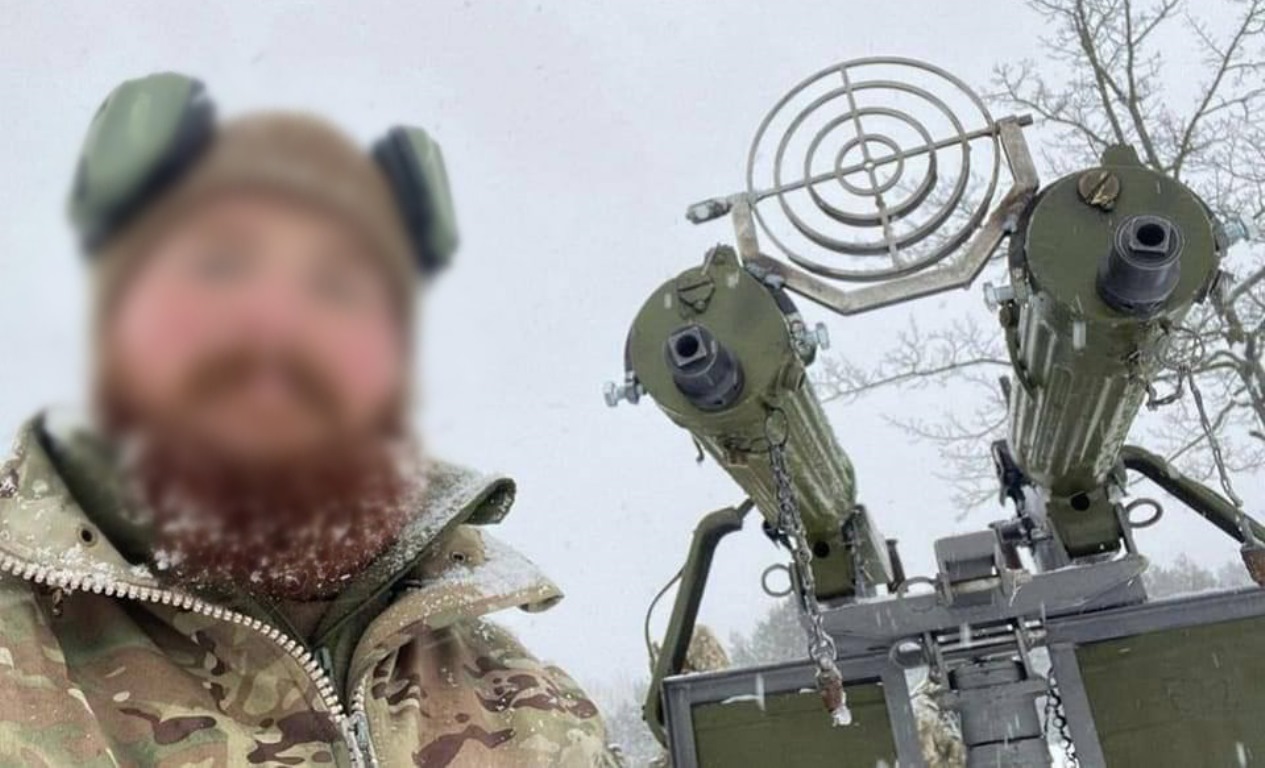
And speaking of air defenses, video footage has emerged on social media reportedly showing the first Russian Tor-M2DT air defense system in Ukraine, a system that apparently was designed for use in the Arctic. You can read much more about Russian air defenses, and the Ukrainian Air Force’s efforts to evade them, in our exclusive interview with a MiG-29 pilot who goes by the callsign “Juice.”
Ukraine may be in line to receive Joint Direct Attack Munition, or JDAM, precision air-to-ground weapons, as one of the latest additions to the supply of arms flowing from the United States and its allies. The JDAM would provide the Ukrainian Air Force with an entirely new capability to attack precise coordinates on the ground while offering a degree of standoff protection to the launch aircraft, although any such transfer remains unconfirmed for now. Read more about that in our story here.
Ever wonder what it is like to ride in a Russian tank cruising through a destroyed Ukrainian city? This video apparently shows such a trip, including a unique view of the tank firing at a building.
Those rides, of course, are exceedingly dangerous, as this video apparently shows.
Ukraine, meanwhile, continues to ride in captured Russian equipment, which you can also see firing in this video below.
And improvised vehicles, like this MT-LB-12 self-propelled 100mm gun, which you can also watch firing.
And in donated vehicles, like this unarmored SUV designed for evacuating civilians.
A Russian defector told CNN about witnessing war crimes committed by his former compadres.
“Nikita Chibrin says he still remembers his fellow Russian soldiers running away after allegedly raping two Ukrainian women during their deployment northwest of Kyiv in March,” he told CNN. “I saw them run, then I learned they were rapists. They raped a mother and a daughter,” he said. Their commanders, Chibrin said, shrugged when finding out about the rapes. The alleged rapists were beaten, he says, but never fully punished for their crimes.
Kharkiv City may be facing power outages after another Russian attack using S-300 air defense missiles.
In the western part of Ukraine, Lviv is also dealing with power issues after Russian attacks on its power grid.
A Russian rapper named Ptaha went on Russian TV to say that the public has no idea why Russia is at war.
Be careful about the gifts you bring home from a war zone, as a Polish general found out the hard way when he was apparently wounded after one such item, reportedly a grenade launcher, exploded.
And finally, add Jean-Claude Van Damme to the list of actors who’ve come to Ukraine to show their support.
That’s it for now.
We will update this story if there is anything major to add until our next new update is posted.
Contact the author: howard@thewarzone.com
